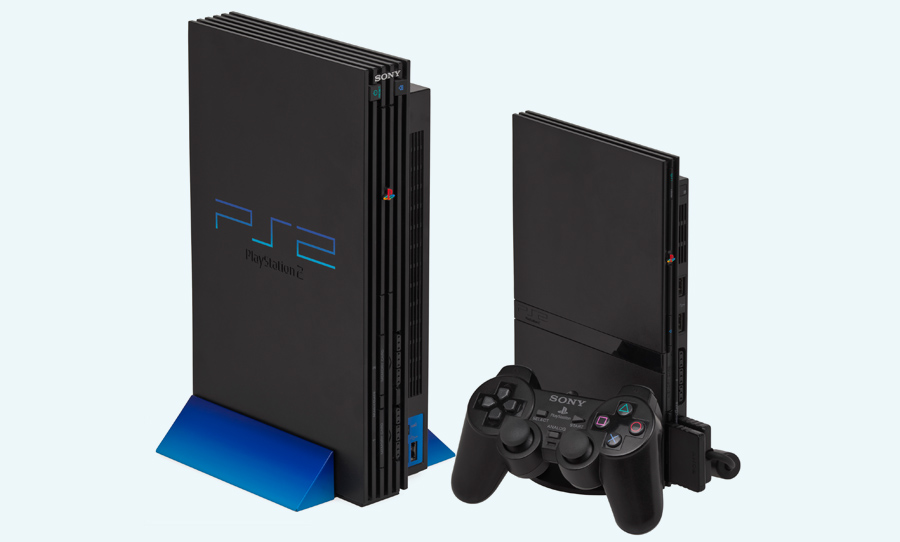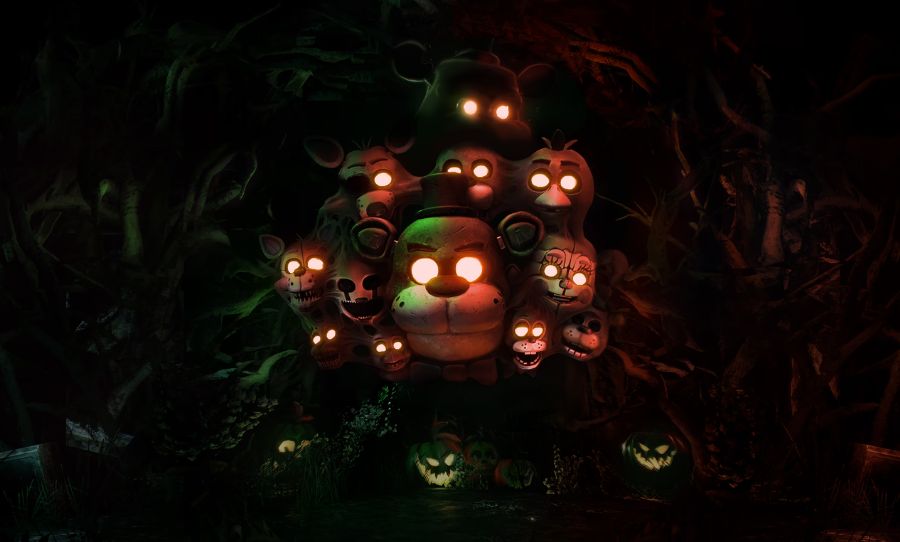The original PlayStation entered a world that was already inhabited by giants. But when the PlayStation 2 arrived, it set trends of its own.
Sony’s entry into the console arena in 1994 was a success. Its sales numbers attest to this claim. But this was a realm populated with fellow Japanese heavy hitters Nintendo and Sega—the latter of these two slid into obscurity, while the former continues to go from strength-to-strength.
As we clicked over to the new millennium and shook off the Y2K bug, the PlayStation emerged into a new dawn. With version 2, it no longer saw itself as a competitor to the Nintendo 64. It set about creating a unique legacy, spurring on the continual developments that have created modern gaming as we know it.
The PlayStation 2 is no wannabe sequel. Bigger and bolder than the original, it raised the bar for gaming, creating an unparalleled 20-year-old legacy.
Six of the best
As aforementioned, Sega’s star was fading by the late ’90s, but as a manufacturer of consoles, it went out with a bang. With the Dreamcast, Sega catalysed the sixth-generation of gaming consoles. Along with the PlayStation 2, Nintendo Game Cube and original Microsoft Xbox, this generation of consoles was the first to recognise the importance of the internet to the gaming experience.
This new crew of machines also did away with the extensive marketing of bit depth. Remember the 8-bit days and how much of an improvement 16-bit was? Then 32, then 64? By this time, the power of console had all but rendered these boastful badges of honour irrelevant. Gaming had grown up.
The specifications of these machines were comparable. Each of the consoles had either strong financial backing or a legion of loyal fans. So how did the PlayStation 2 go onto enjoy so much more success than its contemporaries?
Leaving the competition for dead
In looks, for example, the PlayStation 2 was without peer in this quartet. A sleek, vertically oriented tower (optional), it literally stood head and shoulders above the bulky Xbox, the Dreamcast (which seemed to take its cues from the PS1) and the child-like aesthetics of the GameCube.
While the original PlayStation and Nintendo 64 went head-to-head, the ’90s was an era when Nintendo called the shots. They had a massive legacy of character recognition to draw on and it was no surprise that Super Mario 64 and Mario Kart were this console’s drawcards. If PlayStation was to gain ascendency in the new millennium, they would have to aim at a different market.
To escape Nintendo’s gravitational force, Sony went for more mature gamers, nailing down titles like Grand Theft Auto, Metal Gear Solid, Final Fantasy and more. Sony had predicted the future, partnering with developers of RPG and FPS. Nintendo wouldn’t find a more plausible transition to an adult market until it released the Wii, later in the decade.
With Sega on the slide, the closest rival for the PlayStation 2 would be Microsoft’s opening salvo in the console wars. Boasting some excellent specs, the financial muscle of Microsoft and Halo, the Xbox looked to be a formidable opponent. But while the PlayStation was a youngster compared with Nintendo, it had already amassed a significant library of titles. As such, the PS2 distinct advantage over the Xbox: backwards compatibility.
Yep, you could just slot in your old PS1 games straight into the new machine, which gave Sony a massive headstart over Microsoft. Having an extensive history in home entertainment also meant broadened the view of the PS2 creators. They had the foresight to make the PS2 a compatible player of DVDs and CDs, putting it right at the heart of entertainment for the whole family, not only the resident gamer.
Long life
Sony sought ways of keeping the good times rolling for the PlayStation 2. Xbox loomed as a direct competitor, so they had to be creative to not cede any ground. In 2004, the Slimline PS2 was revealed, which also featured an ethernet port for enhanced connection to the burgeoning field of online gaming. Other peripherals like the Eye Toy and SingStar mics were introduced to bolster new titles.
Even when the PlayStation 3 was released in 2006, the sales of its predecessor hardly slowed down. Astonishingly, it wasn’t until 2013 before it commercially discontinued. Compare it to the Dreamcast, which only lasted 18 months, this makes it all the more remarkable. Before Sony finally put the PS2 to rest, it had accumulated a catalogue of almost 4,000 titles. In sales, it looms like Jupiter in the solar system of sixth-generation consoles, with 155 million units sold. It’s nearest competitor was the Xbox, with 24 million units sold.
The PlayStation 2’s legacy transcends numbers. More so than any console that came before, it played the biggest role in transforming gaming from a niche activity, to mainstream entertainment, rivalling the TV, movie and music industries. 20 years on from the birth of the leading light of the sixth-generation, we can only hope that the next instalment is just as groundbreaking.


